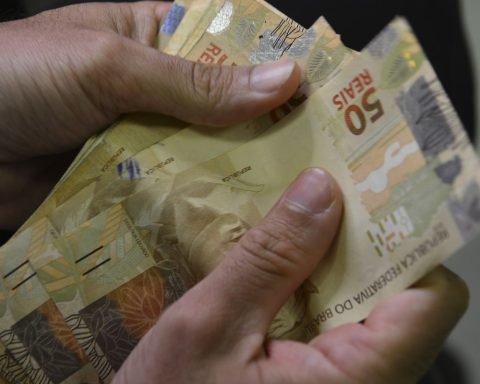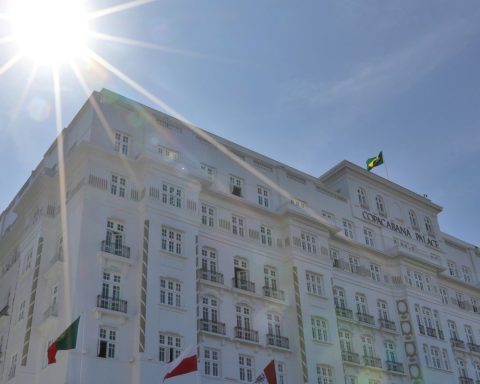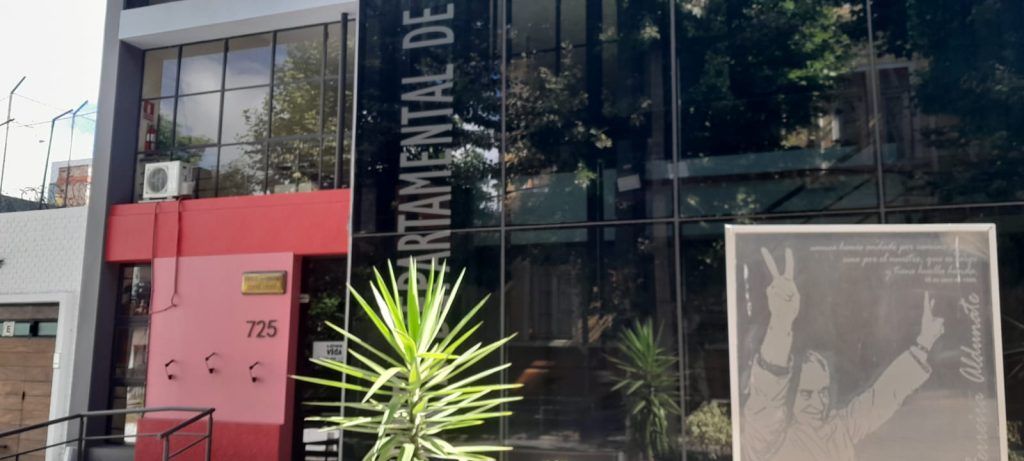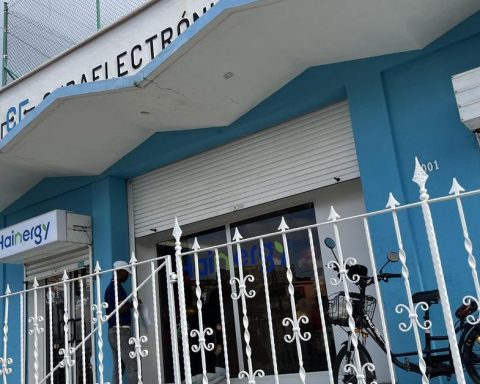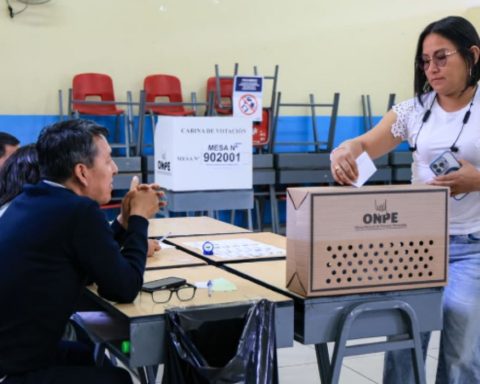The drop in the price of several agricultural products and the growth in imports resulting from the economic recovery caused the trade balance surplus (exports minus imports) to fall in 2024. According to the Ministry of Development, Industry, Commerce and Services (Mdic), the country exported US$74.552 billion more than imported last year.

The result represents a drop of 24.6% compared to 2023, when the trade balance had broken a record and recorded a surplus of US$98.903 billion. Even so, it is the second largest positive annual balance since the beginning of the historical series, in 1989.
Last year, the country exported US$337.036 billion, a decline of just 0.8% compared to the record exports of US$339.696 billion recorded in 2023. On the other hand, imports grew 9% and ended 2024 at US$262.484 billion, against US$240.793 billion in 2023.
Estimates
The surplus came above the ministry’s estimates, which predicted a positive balance of US$70 billion for 2024. Exports were slightly above the projection of US$335.7 billion released by the ministry in October. Imports ended the year slightly below the forecast of US$264.3 billion.
In the comparison between volume and prices, the total of goods exported grew 3% in 2024, with average prices falling 3.6%, driven mainly by soybeans and corn. The volume of imported goods rose 17.2%, driven by growth in consumption resulting from the economic recovery. Average prices of imported goods fell 7.4%.
For the first time, the Mdic released estimates for the year’s trade balance in January. The ministry predicts that Brazil will have a surplus of between US$60 billion and US$80 billion in 2025, with exports remaining between US$320 billion and US$360 billion, and imports between US$260 billion and US$280 billion. Traditionally, the ministry released projections for the year from April onwards, with revisions in July and October.
Oil
In the comparison between volume and prices, the total of goods exported grew 3% in 2024, with average prices falling 3.6%, driven mainly by soybeans and corn. The volume of imported goods rose 17.2%, driven by growth in consumption resulting from the economic recovery. Average prices of imported goods fell 7.4%.
In the division by products, crude oil took the place of soybeans among the largest Brazilian exports in 2024. Last year, the exported value rose 5.2%, with the volume shipped increasing 10.1%, and the average price falling 4 .4%. Soybean exports fell 19.4% in value, with volume falling 3% and the average price, 16.9%.
With corn, performance was even worse last year. The exported value fell 39.9%, with the volume shipped falling 28.8%, and prices falling 15.6%. Both soybeans and corn suffered from climate conditions last year, marked by floods in the South Region and severe drought in the Southeast and Central-West.
December
In December’s result, the trade balance had a surplus of US$4.803 billion, a drop of 48.5% compared to December 2023, when the result had been positive at US$9.323 billion. Exports totaled US$24.904 billion, down 13.5% compared to December 2023. Imports totaled US$20.101 billion, up 3.3% in the same comparison.
As throughout the second half of 2024, the combination of falling prices of commodities (primary goods with international prices), a smaller harvest and an increase in imports caused by increased consumption influenced the trade balance. In December, the volume of exported goods fell 8.8%, with the average price falling 5% compared to the same month in 2023.
In agriculture alone, the volume of exports fell 20.4% in December compared to December 2023, with emphasis on soybeans, corn and coffee. The average price fell 3.8%. In the extractive industry, volume plummeted 19.4%, and the average price plummeted 18.4%, driven both by the drop in monthly exports of oil and iron ore.
In relation to imports, the volume of goods purchased rose 8%, with the average price falling 6.6% compared to December 2023. The main highlights were non-electric engines, automotive vehicle parts and accessories and medicines.
